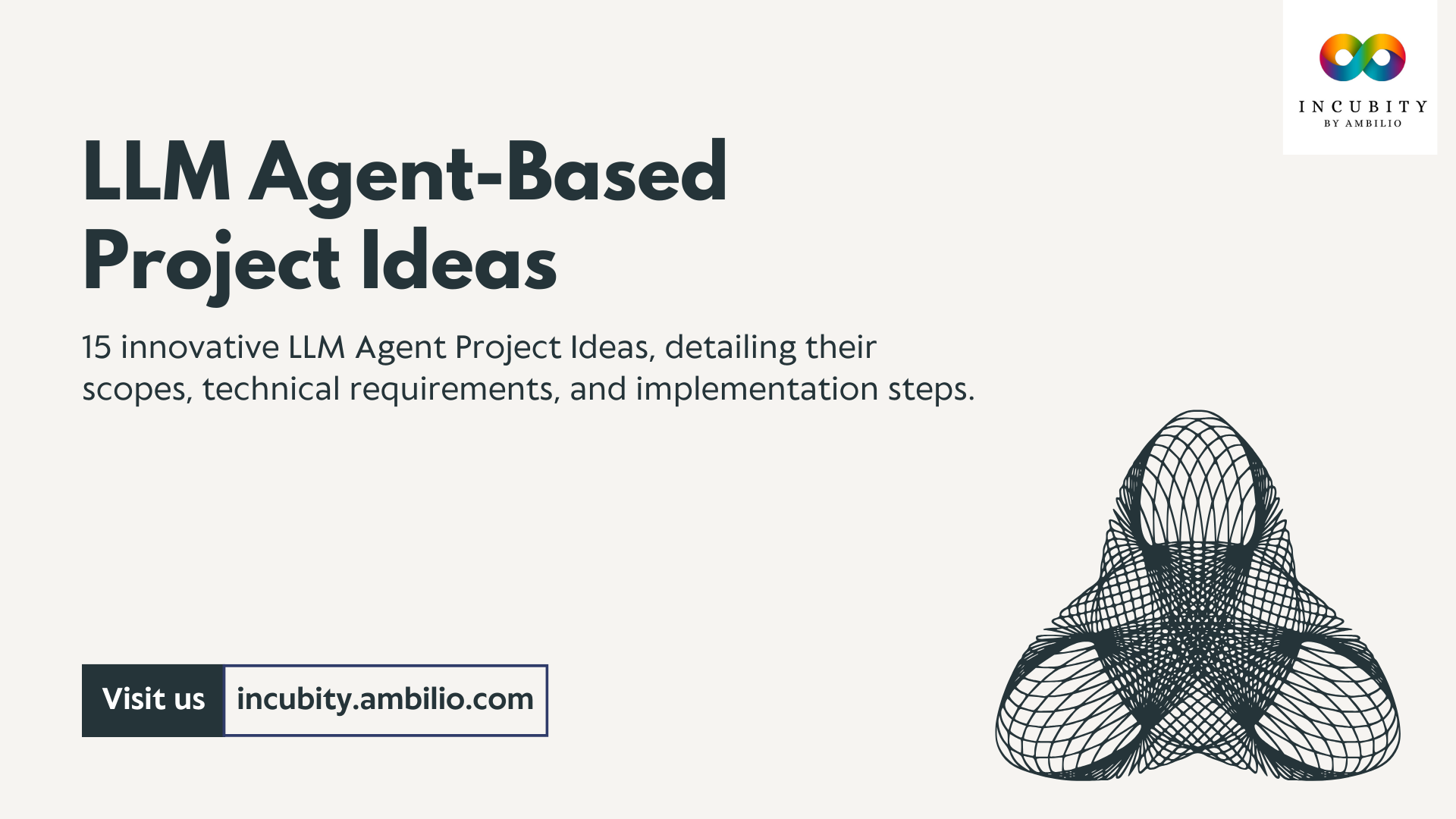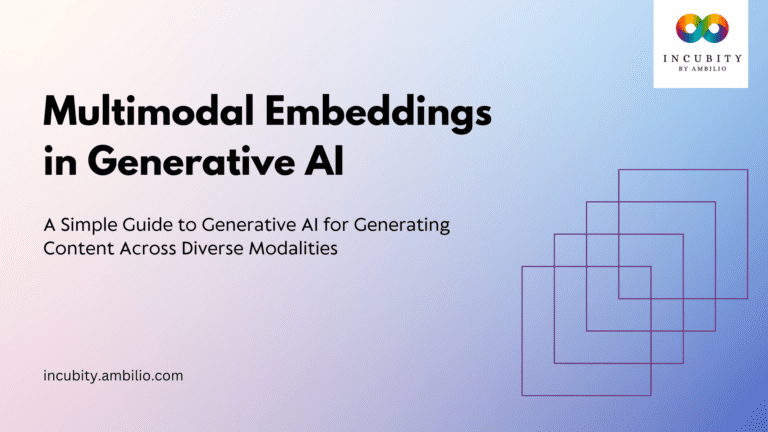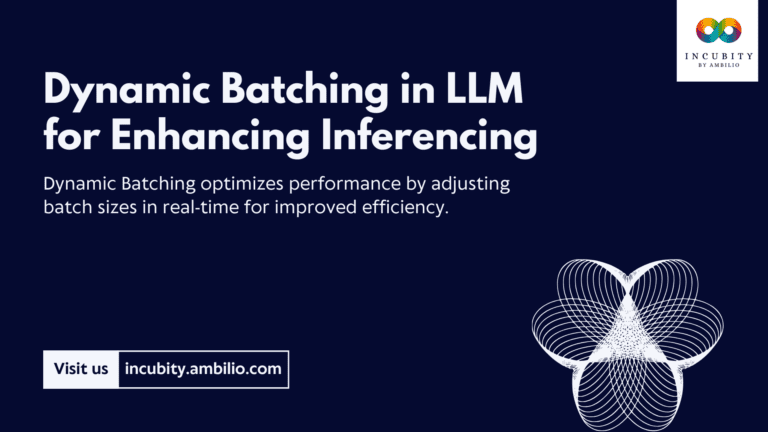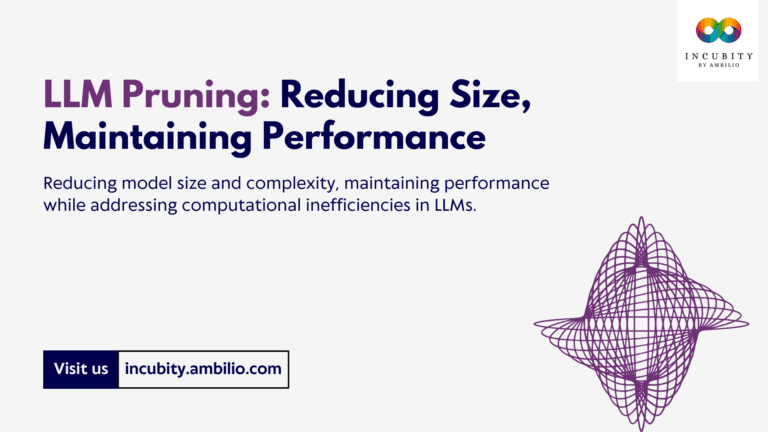Large Language Models (LLMs), such as GPT-4, LLaMA, and Mistral, have revolutionized industries by enabling advanced natural language processing capabilities. These models can power intelligent agents (LLM Agents) that simulate human-like comprehension and decision-making, automating complex tasks that previously required manual intervention. Enterprises across various sectors, including finance, retail, healthcare, and more, can harness the power of LLM Agents to drive efficiency, reduce costs, and enhance customer experiences. In this article, we explore 15 high-value LLM Agent project ideas where LLM Agents can deliver significant business impact. Along with each project scope, we delve into the technical requirements and step-by-step guidance for implementation.
LLM Agent Project Ideas
Lets delve into top 15 LLM Agent project ideas with their scope, technical requirements and implementation steps.
1. Automated Customer Service
Project Scope:
One of the most common applications of LLM Agents is in customer service, where they can autonomously handle customer inquiries, troubleshoot issues, and provide product information. LLM Agents can operate 24/7 across multiple communication channels (e.g., chat, email, social media), offering quick and accurate responses. Additionally, they can be programmed to escalate more complex cases to human agents.
Technical Requirements:
- A pre-trained LLM (e.g., GPT-4 or LLaMA).
- APIs for integrating with chat systems, email platforms, and social media channels.
- Sentiment analysis tools to assess customer emotions in real time.
- Cloud hosting for scalability (e.g., AWS Lambda, GCP).
- Natural Language Understanding (NLU) and Named Entity Recognition (NER) models to understand user queries and identify important entities (e.g., order numbers, product names).
Steps to Implement:
- Data Collection: Gather historical customer service data, including past inquiries, responses, and customer feedback.
- LLM Training: Fine-tune an LLM using the collected data to understand the specific vocabulary, tone, and common queries of your industry.
- Integration: Use APIs to connect the LLM Agent with communication platforms (e.g., live chat, email).
- Sentiment Analysis: Implement sentiment analysis to gauge customer satisfaction, and program the agent to escalate frustrated or angry customers to human representatives.
- Continuous Improvement: Implement a feedback loop where the agent learns from its interactions and becomes more effective over time.
2. Intelligent Process Automation
Project Scope:
Many enterprises deal with repetitive, manual tasks such as processing invoices, managing orders, or handling contracts. LLM Agents can intelligently automate these tasks by reading and understanding documents, triggering workflows, and handling exceptions autonomously. For instance, an agent could process incoming invoices, match them with purchase orders, and route them for approval.
Technical Requirements:
- LLM fine-tuned on company-specific document formats (e.g., invoices, purchase orders).
- Optical Character Recognition (OCR) technology for scanning and digitizing documents.
- Robotic Process Automation (RPA) tools (e.g., UiPath, Automation Anywhere) to trigger workflows based on the LLM Agent’s output.
- Secure cloud storage for handling sensitive documents.
Steps to Implement:
- Identify Processes for Automation: Analyze business workflows to identify repetitive tasks like invoice processing, contract reviews, or purchase order management.
- Train LLM: Fine-tune the LLM on your company’s document templates, ensuring it can recognize key information (e.g., invoice numbers, supplier names).
- Deploy OCR Technology: Use OCR to convert physical documents into machine-readable formats, allowing the LLM to process them.
- Integrate with RPA: Use RPA tools to automate the actions recommended by the LLM Agent (e.g., approving invoices, triggering payment).
- Monitor and Improve: Continuously monitor the process for exceptions and refine the agent’s capabilities to handle them automatically.
3. Legal Document Analysis and Drafting
Project Scope:
Legal teams spend considerable time reviewing contracts, agreements, and regulatory documents. LLM Agents can assist by analyzing legal documents, identifying critical clauses, suggesting modifications, and drafting new contracts. This reduces the workload on legal teams and ensures faster contract turnaround times.
Technical Requirements:
- LLM trained on legal texts, including contracts, case law, and regulations.
- Document management systems for storing and tracking legal documents.
- Secure cloud environment for handling sensitive legal data (e.g., Azure, AWS).
- Compliance with privacy and security regulations (e.g., GDPR).
Steps to Implement:
- LLM Training: Fine-tune the LLM on a dataset of legal documents such as contracts, agreements, and clauses. Include both industry-specific regulations and general legal language.
- Document Ingestion: Set up the system to ingest legal documents in various formats (PDFs, Word files, etc.), leveraging OCR if necessary.
- Clause Identification: Implement models that can identify key clauses (e.g., termination, liability, confidentiality) and highlight them for legal review.
- Drafting Assistance: Build a drafting assistant that generates new contract clauses based on predefined templates and inputs from legal teams.
- Human-AI Collaboration: Allow legal professionals to review and edit the drafts, ensuring human oversight and compliance.
4. HR Talent Acquisition and Screening
Project Scope:
LLM Agents can help streamline the recruitment process by automating resume screening, conducting initial candidate interviews via chatbots, and matching job descriptions with applicants’ skills. This significantly reduces the workload for HR teams and shortens the time-to-hire.
Technical Requirements:
- LLM trained on HR-specific datasets (e.g., resumes, job descriptions, interview transcripts).
- Natural Language Processing (NLP) tools for resume parsing and analysis.
- Integration with Applicant Tracking Systems (ATS).
- Cloud hosting for scalable candidate processing.
Steps to Implement:
- Data Preparation: Gather a dataset of job descriptions and resumes to train the LLM on matching skills with job requirements.
- Resume Parsing: Use NLP techniques to parse resumes and extract relevant skills, qualifications, and work history.
- Candidate Screening: Train the LLM to evaluate candidates based on their resume data, and to ask standardized questions in a chatbot format for initial screening.
- ATS Integration: Integrate the LLM Agent with your ATS for seamless management of candidate data.
- Automated Shortlisting: Implement automated shortlisting of candidates based on predefined criteria (e.g., years of experience, skill set).
5. Personalized Financial Advice
Project Scope:
LLM Agents can serve as personalized financial advisors, offering investment suggestions tailored to a user’s risk tolerance, financial goals, and market conditions. By analyzing financial data and staying up-to-date with market trends, these agents can provide real-time recommendations that help individuals and institutions make informed decisions.
Technical Requirements:
- LLM trained on financial markets data, investment strategies, and economic indicators.
- Secure integration with user profiles (including financial histories, risk profiles).
- Data feeds for real-time market information (e.g., stock prices, market news).
- Compliance with financial regulations (e.g., GDPR, FINRA).
Steps to Implement:
- Data Aggregation: Gather financial data from various sources, including market data, investment strategies, and economic reports.
- LLM Fine-Tuning: Train the LLM on financial datasets to understand market trends, portfolio management strategies, and risk analysis.
- User Profiling: Integrate the LLM with user profiles, ensuring it can assess their risk tolerance and financial goals.
- Recommendation Engine: Build a recommendation engine that provides personalized investment advice based on the user’s profile and current market conditions.
- Compliance and Security: Ensure the system complies with all financial regulations and data privacy laws, and implement encryption to protect user data.
6. Dynamic Pricing Optimization
Project Scope:
Retailers can use LLM Agents to optimize pricing strategies based on market demand, competitor prices, and customer buying behavior. The agent can dynamically adjust prices in real-time, ensuring competitive pricing while maximizing profit margins.
Technical Requirements:
- LLM fine-tuned on historical sales data, competitor pricing models, and consumer behavior patterns.
- Real-time data streams for competitor pricing and market trends.
- Integration with e-commerce platforms for automated price updates.
- Cloud computing infrastructure for scalable processing.
Steps to Implement:
- Data Collection: Collect historical sales data, competitor pricing, and customer behavior data.
- LLM Training: Fine-tune the LLM on this dataset to predict demand and suggest optimal pricing strategies.
- Market Monitoring: Implement real-time data feeds to monitor competitor prices and market conditions.
- Price Adjustment Mechanism: Integrate the agent with your e-commerce platform to automatically adjust prices based on the agent’s recommendations.
- Monitoring and Feedback: Continuously monitor sales performance and customer behavior to refine the pricing algorithm.
7. Regulatory Compliance Monitoring
Project Scope:
LLM Agents can monitor regulatory changes and ensure businesses remain compliant with evolving laws. These agents can automatically scan legal databases, analyze the impact of new regulations, and provide actionable reports.
Technical Requirements:
- LLM trained on regulatory databases and industry standards.
- Integration with legal and compliance systems.
- Secure cloud infrastructure for data privacy and compliance.
Steps to Implement:
- LLM Training: Fine-tune the LLM on regulatory documents, industry standards, and previous compliance reports.
- Data Integration: Set up an integration with legal databases to ensure the LLM Agent has access to up-to-date regulatory changes.
- Risk Analysis: Implement risk analysis models that assess the impact of new regulations on business operations.
- Reporting Mechanism: Build a reporting system that generates compliance reports, highlighting areas that need attention.
- Automated Alerts: Set up automated alerts for compliance teams whenever new regulations are identified.
Here are project ideas 8 to 15, including their scopes, technical requirements, and implementation steps.
8. Sentiment Analysis for Brand Monitoring
Project Scope:
LLM Agents can conduct sentiment analysis on social media, product reviews, and customer feedback to gauge public perception of a brand. This allows companies to proactively address negative sentiments, adjust marketing strategies, and enhance customer relationships.
Technical Requirements:
- A fine-tuned LLM for sentiment analysis.
- APIs to connect with social media platforms and review sites.
- Data storage solutions for aggregating feedback.
- Natural Language Processing (NLP) tools for analyzing sentiment.
Steps to Implement:
- Data Gathering: Collect data from social media platforms, review websites, and other sources where customers share opinions about the brand.
- LLM Training: Fine-tune the LLM on datasets containing labeled sentiment (positive, negative, neutral) to improve its accuracy in understanding sentiments.
- API Integration: Set up APIs to continuously pull data from relevant platforms.
- Sentiment Analysis Deployment: Deploy the LLM Agent to analyze incoming data and classify sentiments in real time.
- Reporting Dashboard: Create a dashboard that visualizes sentiment trends and highlights potential issues, allowing the marketing team to act swiftly.
9. Supply Chain Optimization
Project Scope:
LLM Agents can analyze historical data and real-time inputs to optimize supply chain operations. They can forecast demand, identify potential disruptions, and suggest strategies for inventory management, leading to reduced costs and improved efficiency.
Technical Requirements:
- LLM trained on historical supply chain data and market trends.
- Integration with supply chain management systems (e.g., ERP).
- Real-time data feeds for demand, inventory, and shipping status.
- Data visualization tools for reporting and analysis.
Steps to Implement:
- Data Collection: Gather historical supply chain data, including demand forecasts, inventory levels, and supplier performance metrics.
- LLM Fine-Tuning: Fine-tune the LLM using this data to develop predictive models for demand forecasting.
- Integration with Supply Chain Systems: Ensure the LLM Agent can access real-time data from supply chain management tools.
- Implementation of Predictive Models: Deploy predictive models to identify trends and suggest inventory adjustments.
- Performance Monitoring: Continuously monitor supply chain performance and refine the LLM’s recommendations based on real-world outcomes.
10. Content Creation and Curation
Project Scope:
Content marketers can leverage LLM Agents to generate engaging content, curate articles, and summarize industry news. This not only saves time but also ensures that content remains relevant and engaging for the target audience.
Technical Requirements:
- Pre-trained LLM for content generation (e.g., GPT-4).
- APIs for integrating with content management systems (CMS).
- Tools for SEO optimization and keyword analysis.
- Data storage for content archives and performance metrics.
Steps to Implement:
- Content Strategy Development: Define the types of content needed (e.g., blog posts, social media updates) and the target audience.
- LLM Training: Fine-tune the LLM to understand the brand voice, target audience, and industry-specific language.
- Integration with CMS: Integrate the LLM with the CMS for seamless content publishing and management.
- Content Generation: Implement the LLM to generate content drafts based on predefined topics and keywords.
- Review and Optimize: Establish a review process where content is edited for quality, SEO, and branding before publication.
11. Real-Time Market Intelligence
Project Scope:
LLM Agents can provide real-time insights into market conditions by analyzing news articles, financial reports, and social media. This helps businesses make informed decisions about investments, product launches, and marketing strategies.
Technical Requirements:
- LLM trained on financial news, market analysis reports, and economic indicators.
- Integration with financial data feeds and news aggregators.
- Data visualization tools for representing market trends.
- Cloud infrastructure for data storage and processing.
Steps to Implement:
- Data Integration: Aggregate data from news articles, financial reports, and social media to keep the LLM updated.
- LLM Fine-Tuning: Train the LLM on this data to understand market dynamics and trends.
- Real-Time Analysis: Deploy the LLM Agent to analyze incoming data and generate actionable insights.
- Dashboard Creation: Develop a dashboard that displays real-time market insights and alerts for critical changes.
- Feedback Loop: Establish a feedback loop to refine the LLM’s analysis based on user input and outcomes.
12. Virtual Personal Assistants
Project Scope:
LLM Agents can act as personal assistants, helping users manage their schedules, set reminders, and answer queries. By learning individual preferences, these agents can offer a tailored experience that enhances productivity.
Technical Requirements:
- A fine-tuned LLM for natural language understanding and response generation.
- Integration with calendar applications and task management tools.
- Voice recognition software for voice command capabilities.
- Cloud hosting for data storage and processing.
Steps to Implement:
- User Preferences Gathering: Collect data on user preferences and routines to personalize the assistant’s responses.
- LLM Training: Fine-tune the LLM to understand user-specific language and contexts.
- API Integration: Connect the assistant to calendar and task management tools for seamless scheduling.
- Voice Recognition Implementation: Integrate voice recognition capabilities for hands-free operation.
- User Feedback Mechanism: Create a mechanism for users to provide feedback to improve the assistant’s performance over time.
13. Healthcare Chatbots for Patient Support
Project Scope:
LLM Agents can provide initial support to patients by answering medical queries, scheduling appointments, and providing medication reminders. This reduces the burden on healthcare professionals while improving patient engagement.
Technical Requirements:
- LLM trained on medical datasets, including symptoms, medications, and procedures.
- Integration with electronic health records (EHR) systems.
- Compliance with healthcare regulations (e.g., HIPAA).
- Secure cloud infrastructure for data management.
Steps to Implement:
- Dataset Compilation: Gather medical data, including symptoms, diagnoses, and treatment guidelines to train the LLM.
- LLM Fine-Tuning: Fine-tune the LLM to ensure it understands medical terminology and can provide accurate responses.
- EHR Integration: Integrate the chatbot with EHR systems to access patient records for personalized interactions.
- Patient Interaction Deployment: Deploy the LLM Agent to handle patient inquiries and schedule appointments.
- Monitoring and Compliance: Monitor the chatbot’s interactions for compliance with healthcare regulations and continuously refine its capabilities.
14. AI-Driven Research Assistant
Project Scope:
LLM Agents can assist researchers by summarizing academic papers, conducting literature reviews, and suggesting relevant research based on ongoing studies. This accelerates the research process and enhances collaboration among researchers.
Technical Requirements:
- LLM trained on academic literature and research methodologies.
- Integration with reference management software (e.g., Zotero, EndNote).
- Access to online research databases (e.g., PubMed, Google Scholar).
- Data storage for research outputs and collaboration tools.
Steps to Implement:
- Literature Dataset Compilation: Gather a comprehensive dataset of academic papers and articles in relevant fields.
- LLM Training: Fine-tune the LLM to understand academic language, research methodologies, and citation styles.
- Integration with Research Tools: Connect the LLM with reference management software for seamless citation generation.
- Research Assistance Deployment: Deploy the LLM Agent to assist researchers in literature reviews and paper summaries.
- Collaboration Enhancement: Create tools for collaborative research where multiple researchers can interact with the LLM for brainstorming and idea generation.
15. Fraud Detection and Prevention
Project Scope:
LLM Agents can analyze transaction data and customer behaviors to detect unusual patterns indicative of fraud. By integrating with existing fraud detection systems, they can provide alerts and suggest preventive measures.
Technical Requirements:
- LLM trained on transaction data and known fraud patterns.
- Integration with financial transaction systems and fraud detection platforms.
- Real-time data processing capabilities for immediate alerting.
- Data visualization tools for reporting suspicious activities.
Steps to Implement:
- Data Gathering: Collect historical transaction data, including both legitimate transactions and known fraud cases.
- LLM Training: Fine-tune the LLM to recognize patterns associated with fraudulent activities.
- Integration with Existing Systems: Connect the LLM Agent with fraud detection platforms to enhance their existing capabilities.
- Real-Time Monitoring: Deploy the LLM to continuously monitor transactions and generate alerts for suspicious activities.
- Feedback and Adaptation: Establish a feedback mechanism where the system learns from false positives and negatives, continuously improving its accuracy.
Final Words
LLM Agents offer enormous potential to drive innovation and operational efficiency across industries. By automating tasks that require natural language understanding and decision-making, businesses can improve productivity, reduce costs, and deliver superior customer experiences. Implementing LLM Agent project ideas requires careful planning, technical expertise, and ongoing optimization to ensure that the LLM Agents perform at their best. Whether it’s automating customer service or optimizing dynamic pricing, the possibilities for LLM Agents in enterprises are vast.







